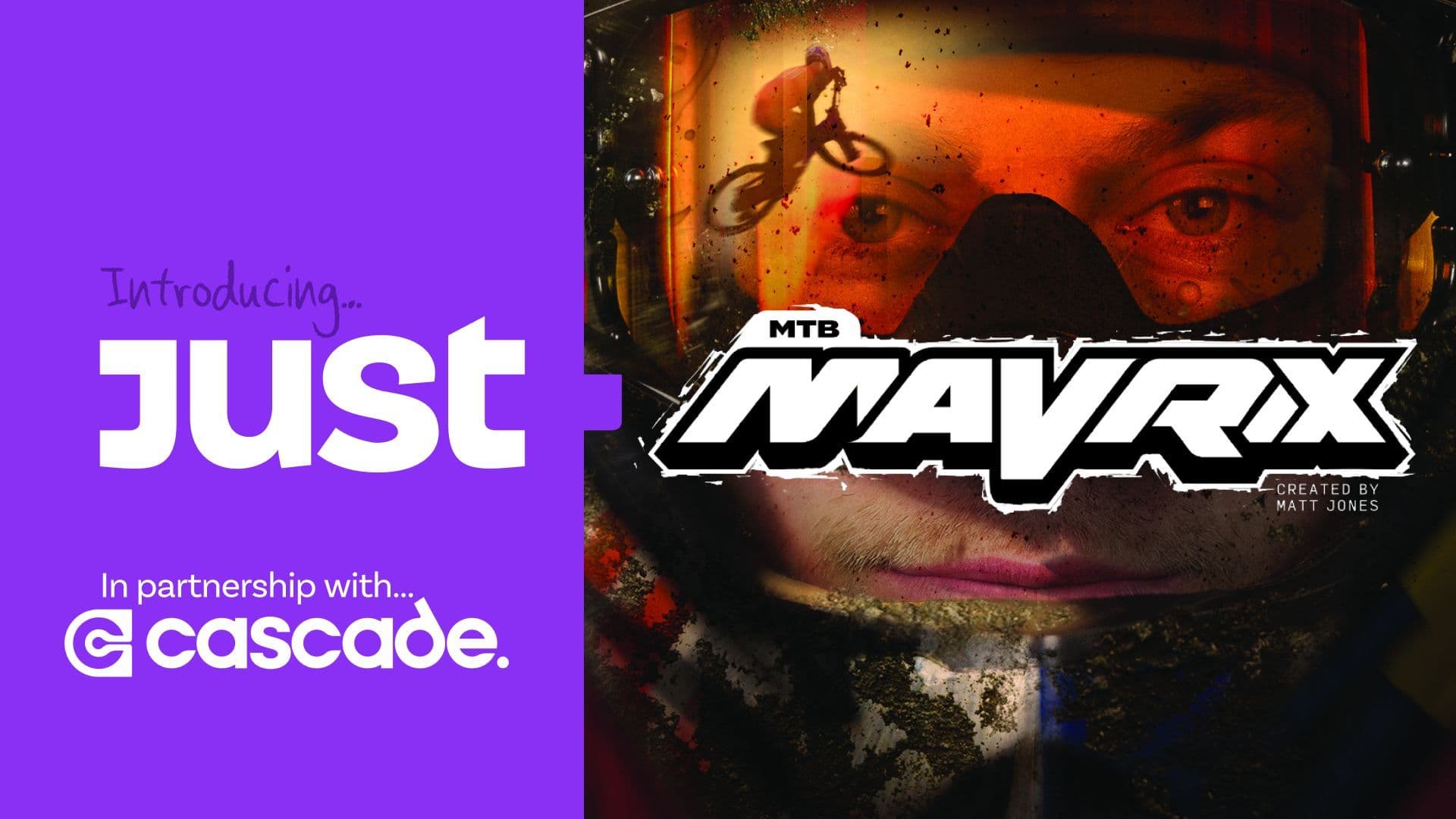Hi! We’re the Just About Product Team.
Sure, we’re the technical arm of the company—neck-deep in the code and in our product analytics tools—but you can think of us as gardeners because, in a great many ways, that’s exactly what we are. When we look at the product, we see a garden.
It’s non-intuitive, but software resembles a garden much more than it does any kind of mechanical entity. The product’s garden of code-built features emerges from the planting of initial seeds—the first pieces of code, chasing an exciting new idea—and then developers and product leaders, over the course of years, dynamically garden the result (that’s ‘garden’ as a verb, this time).
We water and nurture what emerges (that is, make updates and enhancements). We learn to choose features that grow well; that yield nourishing fruit in the ecosystem of our market. We attentively prune (that is, we refactor; we unship). We weed (that is, we remove bugs and vulnerabilities). We understand that we can’t expect the blooms that burst out in summer to stay resolutely vital forever; that we have to stay alert to changes.
The garden of the product requires constant attention not just to grow, but to adapt to a vigorously changing environment. The needs of our members, the vagaries of technology, and the trends of the market all come through with demands that must be bravely and forthrightly met. It's an ongoing, iterative process of cultivation, flexibility and real care.
In fact, there is almost no garden metaphor that doesn’t apply to the fructiferous world of curating and building a software product: harvesting; hardening-off; composting; propagating; rotating; aerating; grafting; trellising… it’s all there, if you look.
And that’s what we do here.
In this next instalment of what we’re calling our ‘departmental deep dives’, we’re going to talk about the product: what we believe, and how we work in alignment with those beliefs.
Our goals and values
We know that small teams > big teams
We are a small team. There are five of us. And that’s perfect.
As it turns out, small teams are way more effective than big teams, because software complexity is proportional to the number of engineers working on it. The velocity of software doesn’t scale with the addition of people: more people reliably add coordination headwinds as opposed to favourable tailwinds. All this means that a good, well-managed small team of five can often staggeringly out-deliver a team of several times that size. We—hooray!—are the former.
One of the off-label benefits of a small team is that we aren’t saddled with the (always wrongly held, no matter what the staff headcount) illusion that we can do everything. We know we need to be relentless with our prioritisation, because—in the definitively uncertain world of startups—everything we build is an educated guess. (It bears mention that, in a startup, choosing what to work on isn’t just about identifying which guesses to bet on. We must select the right sequence of bets that will drive the highest return on investment.)
We use a suite of frameworks to keep our jostling queue of projects arranged, as much as possible, in that right sequence. We consider the parameters of all these delightful, powerful, sometimes-feral feature ideas with clear-eyed discipline, and we relate those factors in a way that is both rigorous and consistent.
We embrace that software is made of bugs
If you spend time with software folx, you’ll eventually hear the phrase ‘software is made of bugs' thrown out as an aside. It’s cheeky, but it’s deeply honest: in the same way that there is no insect-free garden, seasoned developers—and product types in general—know that bugs are an inherent part of software development, and that no software is entirely free of them. It’s inevitable. But far from being an excuse for lackadaisical code, this understanding only emphasises the importance of rigorous testing and debugging processes.
Like gardeners, we mitigate the problem with careful attention and with process—a process that assumes that there will be more bugs, but streamlines how we resolve them.
Back to the garden: if there’s a ‘plant’ that seems to be covered in bugs every time we look, we have no qualms about pulling it—and planting something fruitful in its place.
We foster an engineering culture
A robust engineering culture lies at the centre of the JA Product team: operationalised mechanisms to manage and mitigate imperfection, rigorous metrics (and outreach) to understand the needs of our members, and a deep respect for the incontrovertible fact that code quality and development velocity go hand-in-hand.
We’re data-informed
Building a data-informed culture—like the one we’re proud to inhabit in JALand—is hard. And it’s not just the technical bits, either: Logging user actions, creating and maintaining dashboards and visualisations, running A/B tests, building models—these are useful, but they’re certainly not the foundation of being data-informed.
We believe that being data-informed comes down to our collective internalising of a set of values. Our data values look like this:
1️⃣ We see Product as a science. Just like good science, we start with a hypothesis and design its testing into the build (rather than looking into the crystal ball of the numbers, seeking confirmation of our biases and preconceptions).
2️⃣ We set SMART goals, not vague aspirations or BHAGs that we can feel fine about missing. The M in ‘SMART’ is Measurable, and we take our measurements seriously.
3️⃣ We work with the discomfort of probabilities rather than constructing our thinking around the false safety of absolutes.
HRN… and later
It’s a busy moment in our department (not that it ever isn’t). Post-GDC, we’re deep in the process of restructuring the entire backend architecture of the platform, as well as looking at a wide-ranging roster of member-facing optimisations (that will, suffice it to say, curl y’all’s toes).
Many of these optimisations are on the down low for now, but what we can tell you is that the architecture we’ve built, the insights we’re gathering, and the ideas we’re percolating and evaluating are laying the foundations for some titillating next steps forward.
And now, for you:
What about JA keeps you coming back? Is there anything you’d personally like to see bubble up to the top of the priorities? We’d love to know in the comments.
Created at . Page last updated at .







